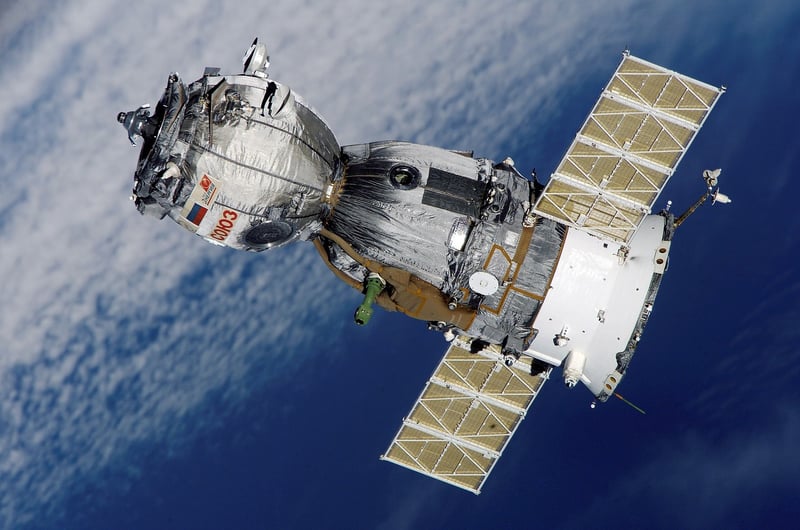Space-Time Continuum
The Science Behind Time Travel and the Space-Time Continuum
Time travel has been a popular topic in science fiction for decades, captivating audiences with the idea of journeying through time to witness historical events or explore the future. While time travel remains a theoretical concept, the science behind it is rooted in the fundamental principles of physics, particularly in the realm of the space-time continuum.
Understanding the Space-Time Continuum
The space-time continuum is a fundamental concept in physics that combines three dimensions of space with one dimension of time into a four-dimensional framework. According to Einstein's theory of general relativity, space and time are intrinsically linked, forming a dynamic fabric that can be bent and warped by massive objects such as planets and stars.
Imagine the space-time continuum as a rubber sheet stretched taut, with massive objects like planets creating depressions in the sheet. These depressions represent the curvature of space-time caused by gravity. In this model, smaller objects like comets and satellites would follow curved paths around these massive objects, influenced by the warping of space-time.
The Possibility of Time Travel
One of the key concepts that allows for the possibility of time travel is the idea of closed timelike curves. These are paths through space-time that loop back on themselves, theoretically allowing an object or person to return to its own past. While closed timelike curves are mathematically possible within the framework of general relativity, their existence in the real world is still a topic of debate among physicists.
Another theoretical approach to time travel involves the concept of wormholes, which are hypothetical tunnels that connect two separate points in space-time. By traversing through a wormhole, one could potentially travel to a different point in time as well as space. However, the existence of wormholes and their stability remain speculative and have not been observed in nature.
Challenges and Paradoxes
While the idea of time travel is fascinating, it also presents several challenges and paradoxes that must be addressed. The most famous of these is the grandfather paradox, which posits that if a time traveler were to go back in time and prevent their grandfather from meeting their grandmother, it would create a paradox where the time traveler would never be born.
Other challenges include issues of causality and the potential for altering the course of history through time travel. The concept of parallel universes or timelines has been proposed as a solution to these paradoxes, suggesting that each change in the past would create a new branching timeline rather than altering the original one.
Conclusion
While time travel remains a speculative and theoretical concept, the science behind it offers a fascinating glimpse into the nature of space, time, and the interconnectedness of the universe. As our understanding of physics continues to evolve, who knows what discoveries and insights the future may hold regarding the possibility of traversing through time.

For more information on time travel and the space-time continuum, you can explore resources from reputable scientific institutions and research papers in the field of theoretical physics.
Remember, while time travel may currently only exist in the realm of science fiction, the mysteries of the universe continue to inspire and challenge our understanding of the world around us.
